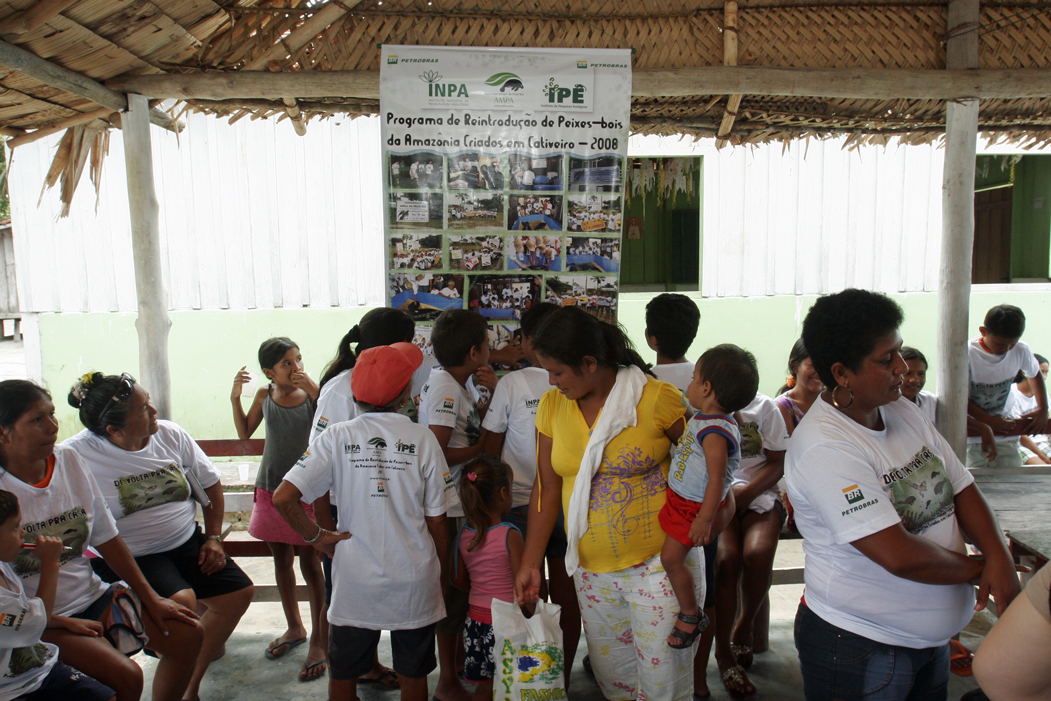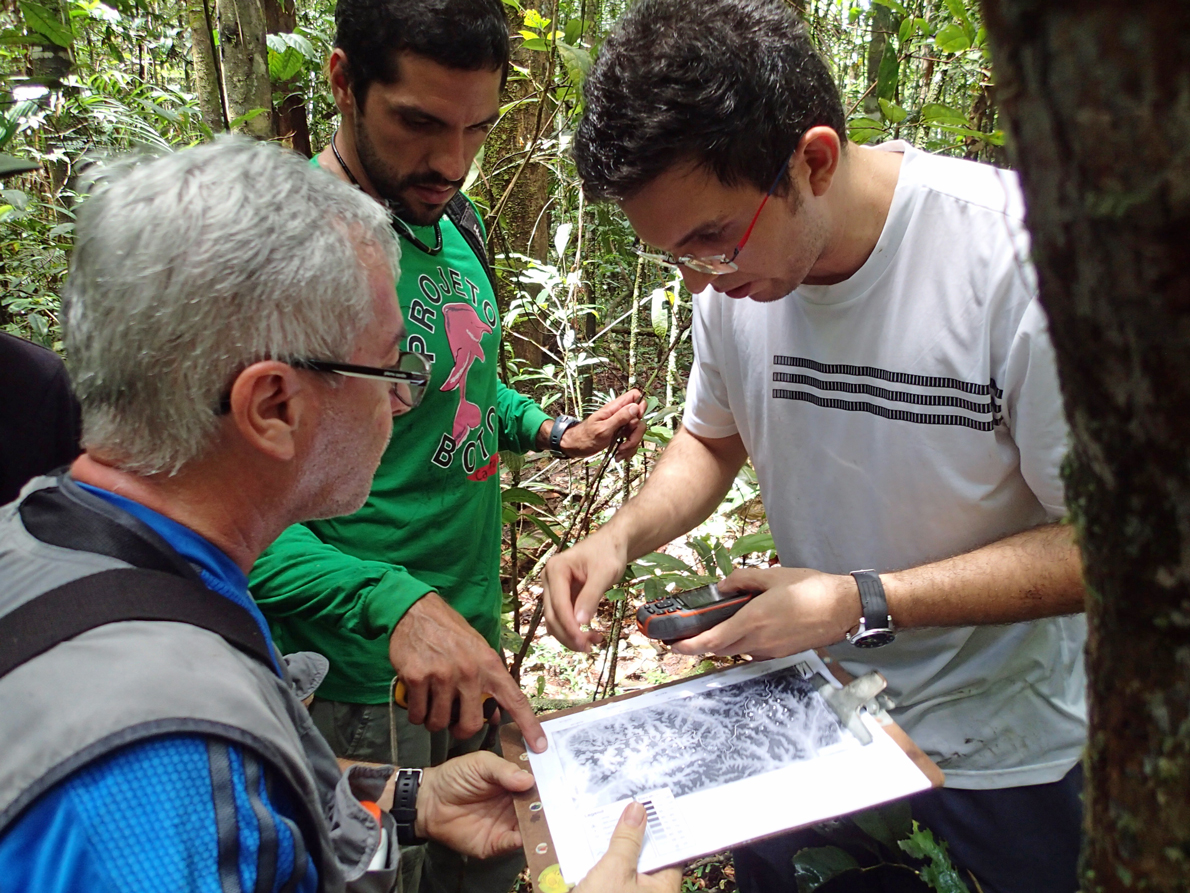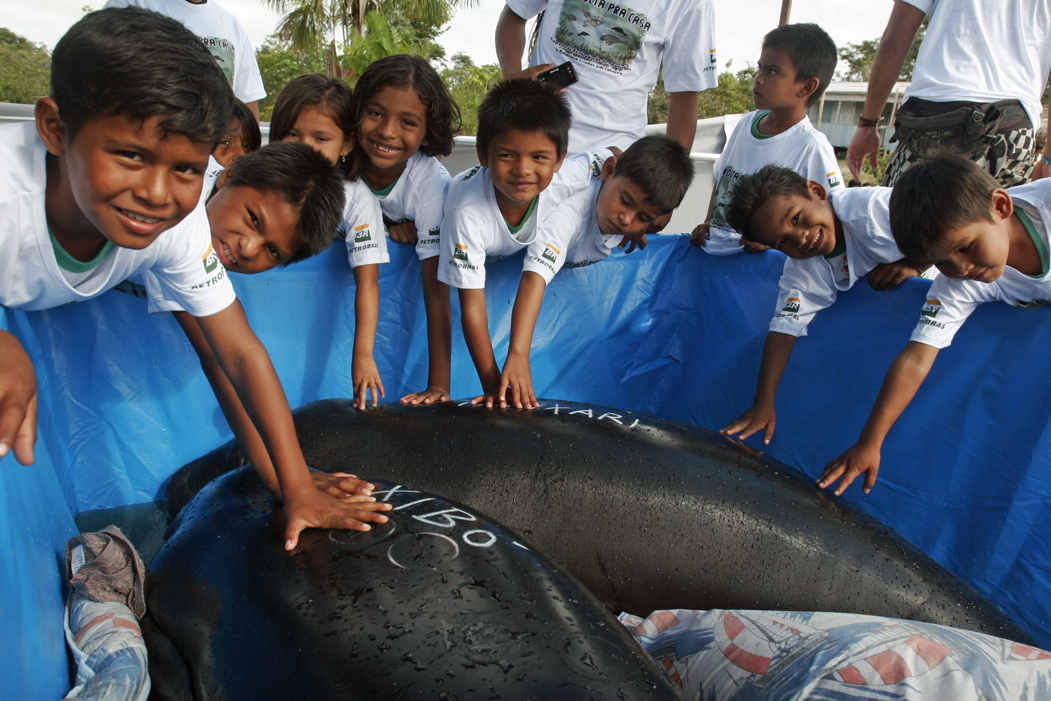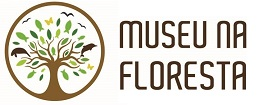1. Member
JapanDr. Tetsu Sato (Research Institute for Humanity and Nature)
Dr. Chigusa Nakagawa (Research Institute for Humanity and Nature)
Dr. Sion Takemura (Research Institute for Humanity and Nature)
Dr. Kenji Kitamura (Research Institute for Humanity and Nature)
Dr. Rita Mesquita (INPA)
2. Background
There are several conditions for the Field Museum to be meaningful in the long run, including the following two. First, the design and contents of the Field Museum should suit to the interests of local residents and general public. Second, a sound management structure needs to be established for a long term beyond the project period. Our team implements activities to fulfil these conditions.
3. Objective, methods and expected results
In the beginning of the project period, we identify potential users and supporters as important stakeholders of the Field Museum. Then, we hold a workshop to invite these stakeholders altogether, where they can express their expectations and opinions freely about the Field Museum. Based on the collaborative relationships with these stakeholders, we continue to discuss together the design and effective use of the Field Museum. Diverse values and ideas collected in these processes will be reflected in the design of the Field Museum. These processes are expected to contribute to steps toward a management structure with a wide variety of stakeholders participating.
4. Contribution for the Field Museum
Early participation by potential users and supporters in the Field Museum will lead to its contents closer to their interests and needs. Furthermore, local and scientific bodies of knowledge on the Amazon ecosystems will progress, and perceptions of local residents, researchers and other stakeholders are likely to change over time. These processes will also improve ecotourism and other programs.
5. Inpact and contribution for human resource development
One example of capacity development at the local scale is tour guides with local and scientific knowledge integrated. Another expectation is that there will be people who can facilitate the collaborative processes among diverse stakeholders such as local residents, tourists and researchers, and that these human resources can play an important role in the long run.

Figure1.

Figure2.

Figure3.
